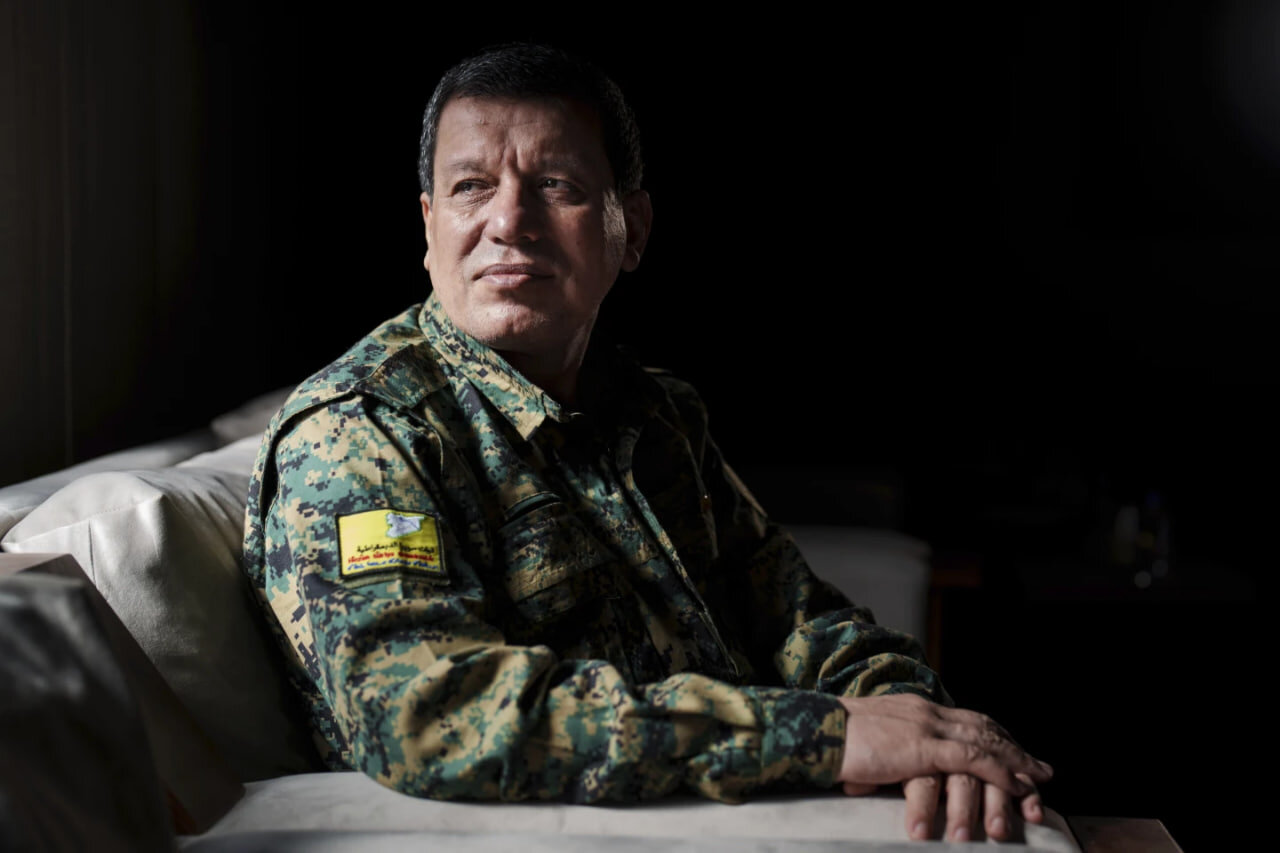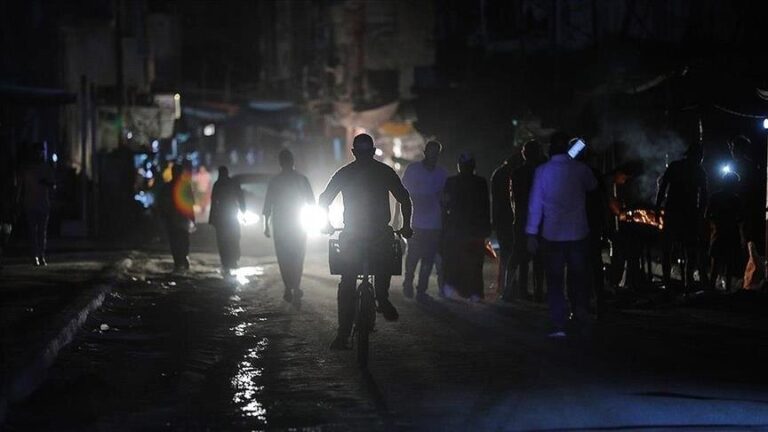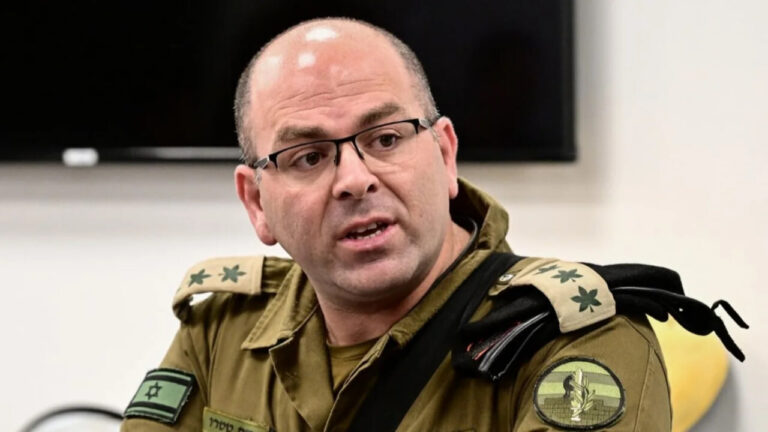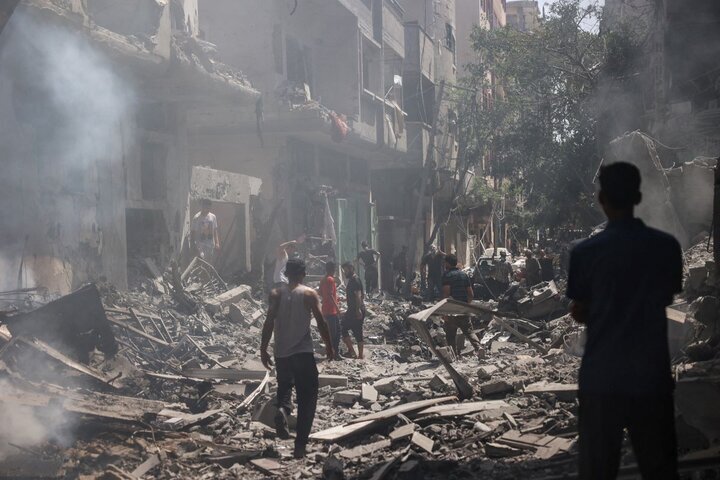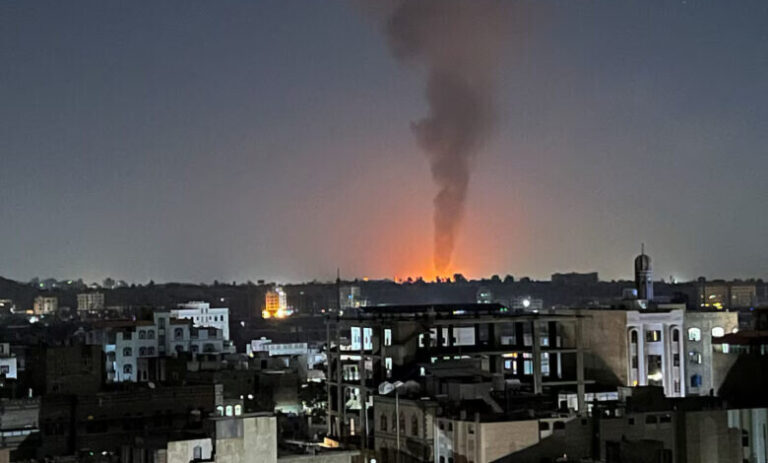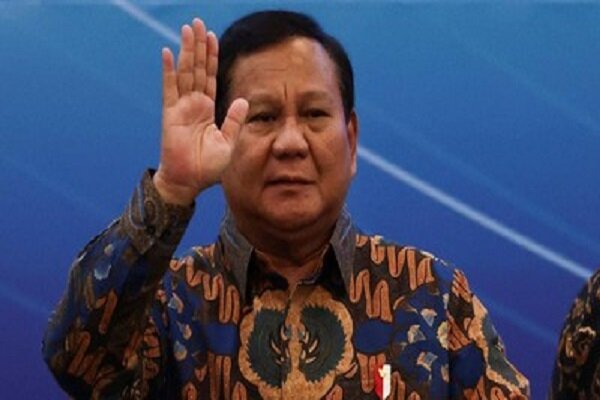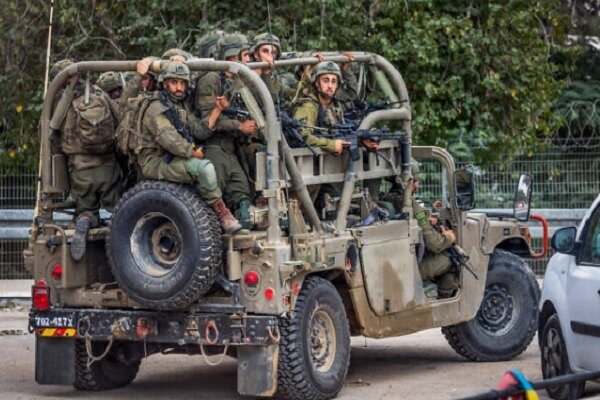Unraveling Syria’s Future: Key Insights on the Ongoing Crisis
The upcoming meeting between Israeli Prime Minister Benjamin Netanyahu and US President Donald Trump is attracting significant attention from the Hebrew media, as it is deemed a strategic engagement focused on critical geopolitical issues. This meeting is set to address various topics, including the ongoing conflict with Hamas, the status of prisoners, and the influence of Iran in the region, along with discussions on expanding the Abraham Accords to potentially include normalization with Saudi Arabia.
Netanyahu has characterized this meeting as a demonstration of the “strength of the alliance between Israel and the United States.” According to Itamar Eichner, a correspondent for Yedioth Ahronoth, the agenda will cover:
- Victory Over Hamas: Strategies and outcomes in the ongoing conflict.
- Return of Prisoners: Addressing the status and fates of captured individuals.
- Dealing with the Iranian Axis: Examining Iran’s regional influence and countering its activities.
- Expanding Abraham Accords: Possible normalization with Saudi Arabia and other nations.
Another pressing matter for Netanyahu is the evolving situation in Syria. Recently, al-Julani’s decision to dissolve the army prior to being appointed interim president, along with the abolition of the 2012 constitution and the dissolution of the People’s Assembly, has raised eyebrows. The implications of these actions are significant, as they could reshape the political landscape in Syria.
Economic conditions in Syria are also deteriorating. Economic experts are voicing concerns about the declining value of the dollar in the local market, coinciding with rising prices for essential goods such as bread and transportation. Furthermore, the government’s promise to quadruple salaries has not materialized, leaving citizens frustrated.
Many Syrians are skeptical about the government’s decision to place hundreds of thousands of employees on three-month forced leave, especially given that al-Julani has employed a substantial number of new workers in various state roles, many of whom are foreigners. The dissolution of political parties has left the populace uneasy, fearing that this move will further stifle political life and reinforce authoritarianism.
In a related development, al-Julani is maintaining coordination with the Syrian Democratic Forces (SDF) as part of a plan agreed upon with Abdullah Ocalan to disarm the Kurdistan Workers’ Party (PKK). This initiative aims to:
- Expel the PKK from Syria: Coordination with the Kurdish National Council, a coalition of Kurdish parties aligned with Turkey.
- Establish Compromise: Determine the future role of the SDF, particularly in light of their conflicts with Turkey-backed Syrian National Army.
Turkey is actively working to reassure Washington regarding the establishment of a new Syrian government, which necessitates compliance from all armed groups, including the SDF. Hakan Fidan, Turkey’s foreign minister, has acknowledged existing differences with the US concerning the situation in Syria, particularly regarding ISIS’s fate and the formation of an inclusive government.
Despite Turkey’s efforts, it faces challenges in overcoming the US’s veto on ground operations. The US intervention has allowed the SDF to operate more freely, and Trump’s announcement of his intention to remain in Syrian territories under SDF control aligns with Israel’s expansionist agenda in the region.
As the situation unfolds, Mazloum Abdi, the SDF military commander, is engaged in negotiations with al-Julani regarding the positioning of his forces within a future Syrian military framework, particularly concerning strategic areas such as Raqqa, Deir Ezzor, and Aleppo.
Moreover, the Druze community in Sweida has declared that they will not disarm until a new constitution and state institutions are established. Similarly, two armed groups in Daraa have expressed their unwillingness to relinquish their weapons, insisting on negotiations with al-Julani.
The SDF has also coordinated with US forces to withdraw from two oil fields south of Raqqa, suggesting a willingness to collaborate with Hayat Tahrir al-Sham (HTS) to facilitate the return of detainees from the al-Hawl camp.
In a notable move, the SDF has raised the new Syrian flag in autonomous regions and proposed the expulsion of PKK fighters from Syria. Al-Julani has called for the recognition of the Kurds’ cultural rights and their inclusion as individuals in security institutions, while advocating for a reduction in local councils’ powers.
Furthermore, al-Julani has welcomed the deportation of non-Syrian PKK leaders and the transfer of Turkish-origin Kurds to Ankara while ensuring that strategic resources, border crossings, prisons, and camps remain under his control.
This context highlights that the SDF’s demands for integration into the Syrian army and a fixed share of oil revenues may depend heavily on support from Trump, who seems inclined to maintain his alliance with them. Currently, there is no clear consensus among observers regarding Trump’s strategic approach to Syria.
